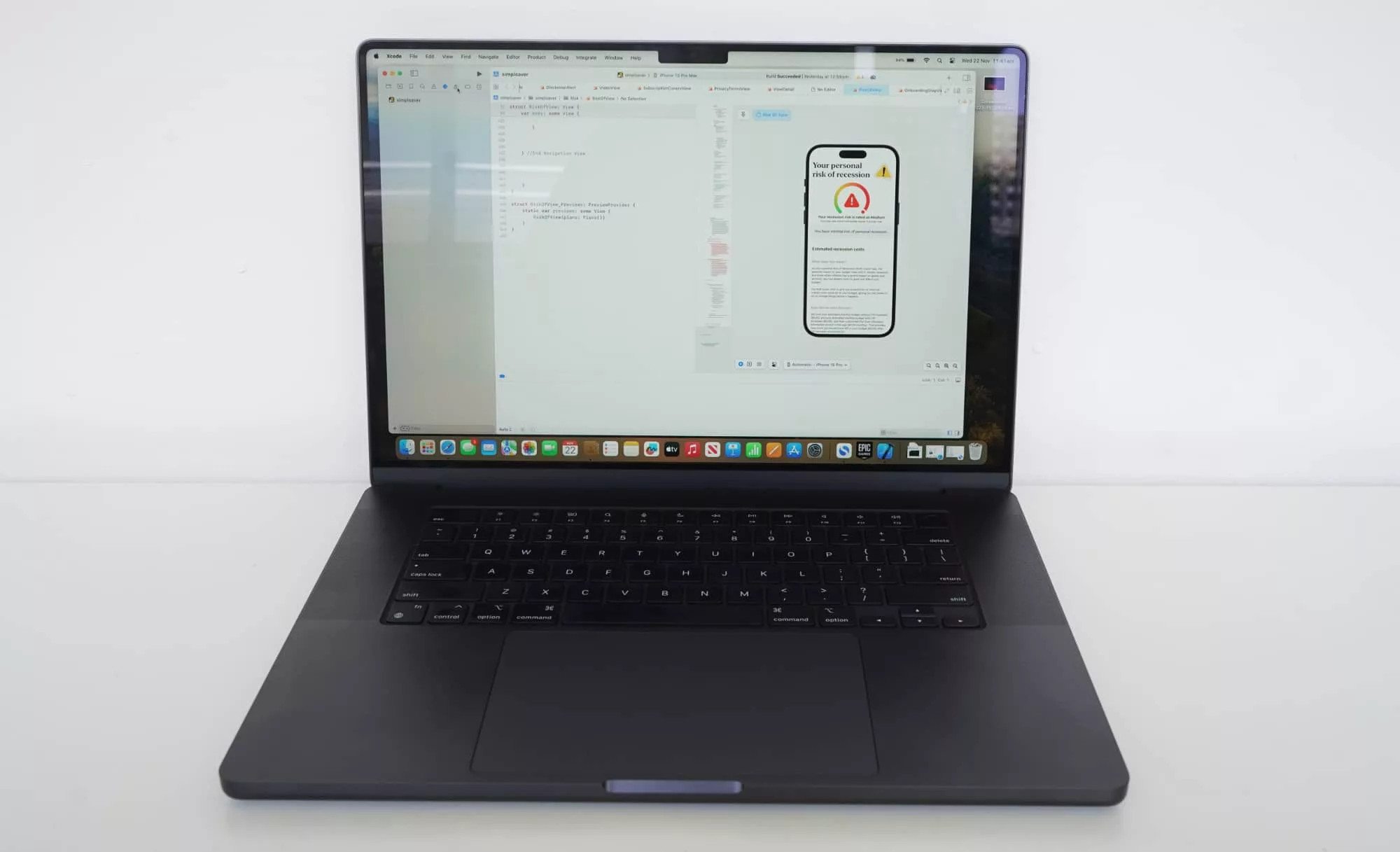When things don’t work all of a sudden, we get angry for obvious reasons. Can bugs be prevented, and can anything be done?
In the past few weeks, I’ve been on radio enough times to hear the complaints: the new Sonos app is buggy and everyone is angry. And everyone is angry.
Reddit’s Sonos section is practically on fire with how much hatred and vitriol can be pushed the way of the makers of the otherwise excellent Arc soundbar, and radio announcers have been complaining about it on air.
Things just aren’t working following a publicised update, and people are naturally pissed.
They’re not alone. This week, this writer’s wife complained about the problems, noting that:
- The new Sonos app doesn’t make sense (she’s not wrong)
- It can’t find your music (sometimes the information disappears)
- It can’t play music (it frequently doesn’t work)
- When it does play music, the app doesn’t let you move songs around (it previously did)
- It stops speakers at random times (this is true)
- It starts playing music at random times (also true)
- It says it’s playing, but isn’t (ridiculously true)
Users are frustrated, it seems, and rightfully so.
Even as this piece was being written, the Sonos speaker being listened to cut out randomly for a few seconds before timing back in.
The speaker in the living room says it’s playing right now, apparently repeating background noise to keep the little ones asleep… but it’s not. The app is lying to me, and there’s nothing I can do about it.
“That’s poetic”, I thought to myself.
Update bugs
With one update designed to improve everything, Sonos managed to make everything worse. It has been a disaster. Long term, it may improve, but initially, the experiences have not been stellar.
But it’s not the only time bugs have been rolled out that weren’t previously there.
In Google’s Nest Hub and Nest Hub Max, recent rollouts and changes have affected the functionality in a negative way. It could be a bug, or it could be Google changing things behind the scenes, however asking for a recipe no longer gives you the pleasant guide to cooking it once did.
Instead, you get a Google search displaying recipes that you can barely see because the viewport isn’t rendering properly. It’s been like this for weeks, yet Google hasn’t issued a patch.
This sort of thing is becoming consistent with the ownership experience of technology and related software: you own something, it works, and then it doesn’t. Lucky us.
Bugs are a part of development, too. They can be parts of either hardware or software that either don’t work properly, weren’t thought about, are accidentally or inadvertently causing problems, or just in general pop up because of a combination of factors.
Programming is hard enough without trying to achieve perfection, and that may never actually happen. Bugs are normal.
The problem is so many bugs occur as a result of updates, and they often introduce more problems that hamper the experience. They may be patched later on, but sometimes they’re not, and users are left footing the experience, burdened by bugs.
Can bugs be prevented?
Bugs may end up frustrating customers, but they’re difficult to prevent. That’s something I always knew, and have largely had embedded in me from an early age thanks to growing up with a developer Dad.
When I became my own developer (and Dad), I got to see that first-hand.
Bugs are the result of code and design clashing slightly. It could be that certain things haven’t been made to work properly, or that code built for one device doesn’t get as many resources in another, such as when the same code runs on older devices as it does on newer ones.
There are lots of reasons for bugs and glitches, and they can take a lot of time to fix. Developers need to find out what’s causing those problems and then also find a solution to repair them. Neither is a fast process.
The problem is these days, that list of products is becoming much larger, and so bugs have largely become an inherent part of the experience.

When we asked Google if it was aware of bugs in its gear (like the one we’d found in its Nest Hub range), we didn’t hear back. We also asked whether Google is actively working on fixes, but also didn’t get a comment back on that, even though we know the answer is “yes”.
Of course Google is working on fixes, as is every other company with bugs. I’m working on bug fixes for the minimal number I’ve found in my own app; it’s only normal for a developer to try to patch and fix its bugs, because its better for the app and customer alike.
Sonos told Pickr that it, too, was working on fixes for the number of bugs brought in with its latest patch.
“Our new architecture was strategically built with modular parts that allow us to move faster as we release features and address bugs. We’re heads down to make sure we get these addressed as quickly as we can,” said a spokesperson for Sonos.
The company noted that it had rolled out feature improvements including playlist and queue controls, sleep timers, and a mute button in recent weeks, things that were in the app before the major update removed them in the first place.
“Over the coming weeks, we will reintroduce the below features, while fixing bugs and performance issues,” the spokesperson continued, noting they they included editing a local music library, improved playback settings, improved auto play settings, and the ability to snooze alarms. Many of these were on track for July, the company said, though alarm snoozing has a “To Be Determined” release date.
In short, Sonos is fixing things. It just might take time.

What can you do about bugs?
But as users, some of the bugs we were experiencing were beyond what Sonos was fixing.
We were up front about this article when we started writing it: we told both Sonos and Google what our bugs were in our requests for comment, and the responses for each were different.
After a week, Google didn’t come back for a comment. After several days, Sonos did, and it forwarded on our problems to customer support.
“If these performance issues are impacting you, I would really like to gather your Sonos ID so I can take a look at the system,” the Sonos support person said.
For several days, we’ve been back and forth trying to work out what is going on, as more bugs are brought to the surface. Music just stops, even when the app says the contrary, and at times the subwoofer suddenly gets loud for no reason at all.
These are bugs, but they can be fixed provided you tell the company.
Talk to the company making the gadget or app
As a user, your options are limited when it comes to dealing with bugs. You can usually:
- Put up with them, waiting for a patch or fix to come, or
- Stop using it
…and that is roughly it. Bugs are a part of life, it seems, and you will get them in devices, in apps, in software and operating systems whether you want to or not.
But you can also choose a third option, and be a part of the solution rather than just coexist with the problem: you can help developers by reporting the bugs.
In the case of Sonos, that’s what we’re doing. The back and forth is potentially providing this journalist with a solution, but it’s also providing the Sonos support team with more user data to help it solve the quagmire of quality assurance.
Fixing bugs isn’t easy, sure, but you have to know what those bugs are to begin with. For that, companies need data.
They need users to tell them what they’re experiencing: what isn’t working, what should be, what the circumstances were, and if anything in the environment is different, such as whether hardware has been added or what it is, in case there are conflicts.
Bugs are unfortunately a normal part of the device owning experience, and hopefully they don’t impact your life horribly. Hopefully bugs won’t diminish the user experience of the best technology.
But even if they do, you can bear with them and report them. That gives companies the best chance of fixing the bugs, and working towards a bug-free existence.





